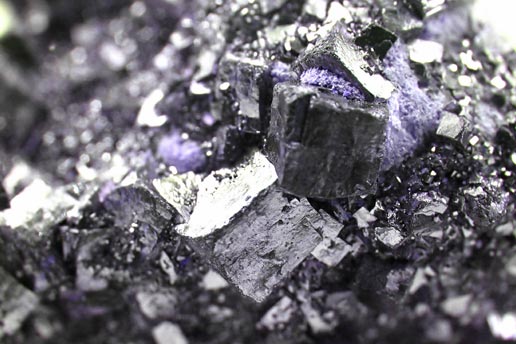
Over the past few decades, solar technology has progressed in leaps and bounds comparable in magnitude to the distance its very energy source must travel in order to reach the earth. The cost of solar has decreased rapidly in the past forty years, and innovative technology and policy options are cause to reasonably hope for a solar-intensive energy system of the future. And all of this goes without mentioning that the sun’s light is infinitely abundant. The same can’t be said for fossil fuels and natural gas.
There is, of course, a catch. Solar’s rapid rise is not in any immediate danger, but MIT scientists are paying close attention to what, in essence, is a question of materials. You can have as many sunny days as you could ever want, and still not make any energy without silicon, tellurium, and indium – key elements in several of the most economical PV technologies on today’s market. And while the sun’s light can be counted on for centuries upon centuries, not all of these elements are found in quantities that are as abundant.
To complicate matters further, many of the metals important to solar photovoltaics are produced as byproducts. They are not mined for their own sake, but are only accessible as byproducts of the mining processes for other metals, such as copper. Upping their production, therefore, is a cost-intensive process and may not be economically feasible due to their low quantities of availability.
MIT graduate student Goksin Kavlak, postdoctoral associate Dr. James McNerney, Professor Robert Jaffe of physics, and Professor Jessika Trancik of engineering systems, develop a novel method for tackling this challenge in their paper Metals production requirements for rapid photovoltaics deployment, published in the June 2015 issue of Energy and Environmental Science, a Royal Society of Chemistry publication.
The future availability of critical materials is a widely acknowledged concern within the energy community. Other studies have asked whether projected production requirements are realistic, but they have approached the question through the lens of constraints such as overall reserves rather than how quickly their production needs to be expanded.
In a recent interview, Jessika Trancik explained what makes her team’s approach different. “We provide a new perspective by comparing projected PV metal requirements with historical growth rates in the production observed across metals production sector,” said Trancik, who is the Atlantic Richfield Career Development Assistant Professor in Energy Studies at MIT and led the team. “We address the time frame over which scaling up should be achieved, in addition to the total quantity of material needed.”
This approach allows for an assessment of how quickly metals production would need to be scaled up to meet the rapidly increasing PV deployment levels required by aggressive low-carbon energy scenarios.
To calculate the metals production growth rates required under those scenarios, the researchers first estimated the required production in 2030 for each metal of interest, and then calculated the growth rate needed to reach that level, as graduate student Kavlak explained in a recent interview. They took into account the projected demand for each metal by both the PV sector and other industrial sectors. In addition, they looked at the effect of potential improvements in PV technology that would reduce the amount of each metal required in production.
The researchers then compared these projected growth rates to historical metals production growth rates in order to “understand the extent of production growth that happened in the past and whether the projected growth rates have historical precedent,” said Trancik.
The results of this analysis differed from one kind of PV technology to another. For silicon-based PV, which include first-generation panels using crystalline silicon solar cells, the results presented an optimistic view of the future.
“[S]ilicon-based PVs look promising from a material point of view: the growth-rate of silicon production required to meet high deployment goals does not exceed historical norms,” said Jaffe, the Morningstar Professor of Physics and MacVicar Faculty Fellow at MIT.
The outlook is more complex for newer photovoltaic technologies, especially thin-film PV technologies. While a handful of thin-film solar panels use silicon in their absorber layers, many make use of other materials, such as cadmium telluride (CdTe) and copper indium gallium diselenide (CIGS). The paper includes estimates on how much electricity CIGS and CdTe could provide in 2030 without exceeding the historical growth rates observed across all metals in the periodic table – only three and ten percent of the global electricity production, respectively. The researchers also show that this method could be used to evaluate other early stage technologies against past raw materials production data. “For example,” Trancik says, “researchers pursuing the early-stage design of alternative photovoltaic technologies could use the approach to evaluate their scalability.”
The research was sponsored by the U.S. Department of Energy. Read the full published study.